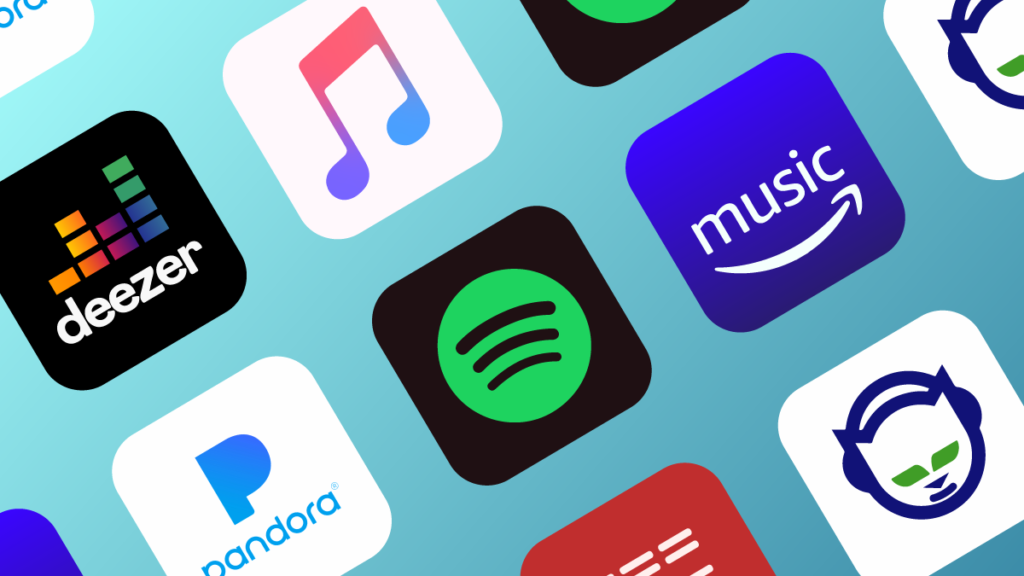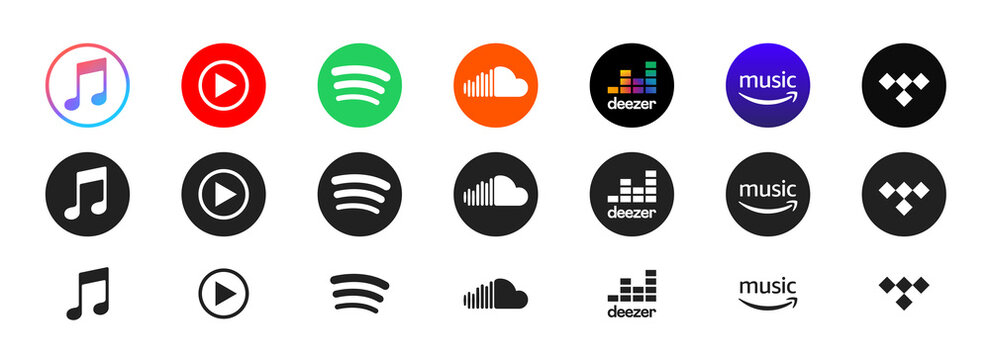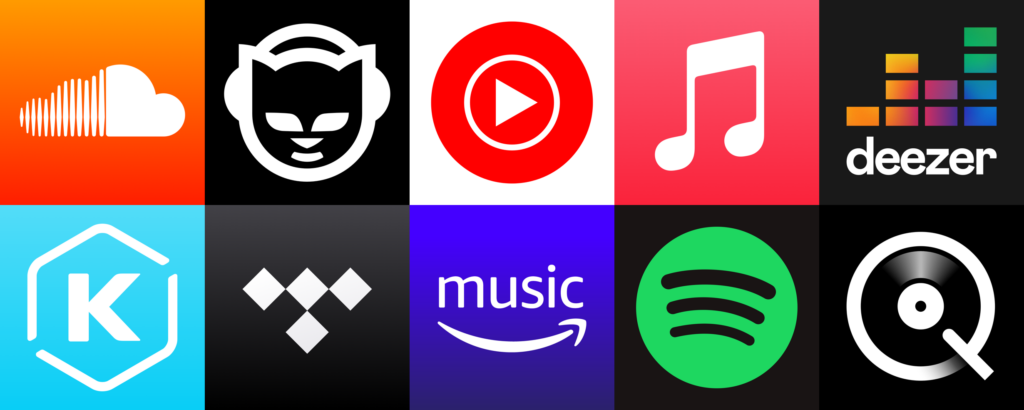For the past decade or so, the recorded music industry has had relative stability and expansion, which is consistent with previous music format cycles.
Most individuals believe that the streaming format saved the recorded music industry.
Streaming, like every other technical breakthrough in music, has proven to be only a temporary solution. There are clouds on the horizon. The growth of overall streaming income is declining. Worse, money per stream is dropping, and certain artists are now considered “unworthy” of earning a fair portion of the pie. Many factors contribute to this, but the most important ones are as follows:
Increases in consumption by each fan do not result in an increase in subscription fees. That means revenue growth must come from new customers, not more engagement from existing members.

Developed markets are approaching saturation, as evidenced by their slowing growth rates.
Developing economies that are now experiencing growth have a lower Average Revenue Per User, which means that many more marginal users must be added to achieve the same amount of top-line revenue growth.
On average, each existing customer streams more per year.
Growth in the amount of content published each year far outpaces growth in overall revenue.
Putting the puzzle together, we have a plateauing amount of total revenue combined with rapid growth in total material offered and per-user consumption, which has resulted in a reduction in per-stream revenue overall.
READ MORE: Music Streaming Is Driving Record Revenue For The music Business In The United States
An increasingly fixed input of fan payments is distributed among an ever-increasing number of streams and content.

This scenario is reflected quite strongly in the data.
As developing markets reach saturation levels similar to developed economies, streaming revenue will continue to stall.
The only remaining method for driving revenue growth within the restrictions of the streaming business model will be to raise consumer prices, raising per-user revenue across the board while risking churning subscribers and negating per-user gains by losing total consumers.
These measures are usually controversial with customers for obvious reasons.
So, with streaming leveling and dropping at the single content level, where will growth come from next?
READ MORE: Def Leppard Says Music Streaming Has ‘Helped Establish Us As A Cool Legacy Band’
Many different solutions have been proposed to tweak the business model to more efficiently direct revenue, such as “fan-centric payouts” or “artist-centric payouts” or “rightsholder-centric payouts,” but none of these solutions actually grow the overall pie of streaming revenue; they only argue about how best to split it up among existing stakeholders. In these new models, there is almost always a loser whose loss benefits the winner.

Zero-sum games often have negative-sum outcomes because more and more time and money are spent competing for the same restricted pool of resources, in this instance total subscriber revenue.
The crucial point to consider here, however, is “Why is all consumption treated equally?” Couldn’t one apply more specific pricing rules to interactions with content rather than treating them as the same? We believe that the new business models and formats produced by unstructured and granular pricing will drive the next cycle of growth in recorded music.
To use a crude analogy, today’s streaming business model is similar to an all-you-can-eat buffet, where one price is paid and consumption is unrestricted.
READ MORE: Hollywood And The American Federation Of Musicians Are Still At Odds Over Streaming Residuals
Consider if every restaurant was all-you-can-eat. Fortunately, we don’t have to; today’s dining options are as diversified as ever. Buffets, while rapidly expanding, account for $5.5 billion per year in the US market, but total restaurant revenues in the US alone among franchises are $365 billion, with the estimate for entire restaurant consumption likely considerably bigger but more difficult to assess. How much money could music make with variable and granular pricing?
This is not comparing apples to apples (pardon the pun). Food has a marginal cost of manufacture, whereas digital content doesn’t. However, it does not require a large leap of faith to comprehend that premium music experiences will most likely result in more income collected from that music material than pushing it through the all-you-can-stream buffet.

“IT DOESN’T TAKE A SIGNIFICANT LEAP OF FAITH TO UNDERSTAND THAT PREMIUM MUSIC EXPERIENCES WILL VERY LIKELY LEAD TO MORE REVENUE GENERATED AGAINST THAT MUSIC CONTENT THAN PUSHING IT THROUGH THE ALL-YOU-CAN-STREAM BUFFET.” RONEIL RUMBURG,AUDIUS
So, how does this look in practice? The digital music services of the future will function more like a free market for content interactions, with artists and rightsholders able to set any rules they want dictating what payment or other condition must be met to connect with the content in the moment.
This might include one-time fees, subscriptions, or even challenges in which a user must be among the top listeners, or anything else imaginable.
Overall, for the first time, this granular pricing will result in a free market for content, with prices responsive to demand rather than fixed by intermediaries operating with rigid streaming business models.
We are not alone in pursuing this future; both Sir Lucian Grainge, Chairman and CEO of Universal Music Group, and Robert Kyncl, CEO of Warner Music Group, have argued for a renewed focus on the superfan, Spotify recently hinted at a forthcoming superfan feature, and many others have covered aspects of this problem and argued for different types of business models that introduce pricing granularity.
Tying these arguments together, the underlying value unlocked is always granular pricing linked to a new type of direct distribution (enabling for the new price model).
Audius, along with many other members of the music tech community, is already working toward this future. And the future is bright! For example, producer Kato leveraged Audius’ freshly announced content marketplace capabilities to generate more over $20,000 in revenue from download sales in his first month.
With these high-value fan interactions all in one location, Kato can now extend his engagement with this core audience and generate additional revenue.
For example, producer Kato leveraged Audius’ newly available content marketplace capabilities to create approximately $25,000 in revenue from download sales in his first month. With these high-value fan interactions all in one location, Kato can now extend his engagement with this core audience and generate additional revenue.
For the first time, this new free market model gives artists and rights holders more control. It rewards them for developing deeper, more distinctive interactions with their audience. It also allows them to form direct ties with their most devoted fans, which was previously impossible.
This new revolution will transform our industry for the better.
Radiant TV, offering to elevate your entertainment game! Movies, TV series, exclusive interviews, music, and more—download now on various devices, including iPhones, Androids, smart TVs, Apple TV, Fire Stick, and more.


